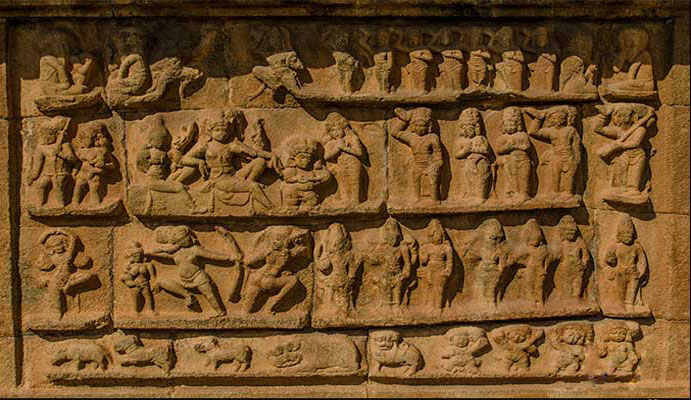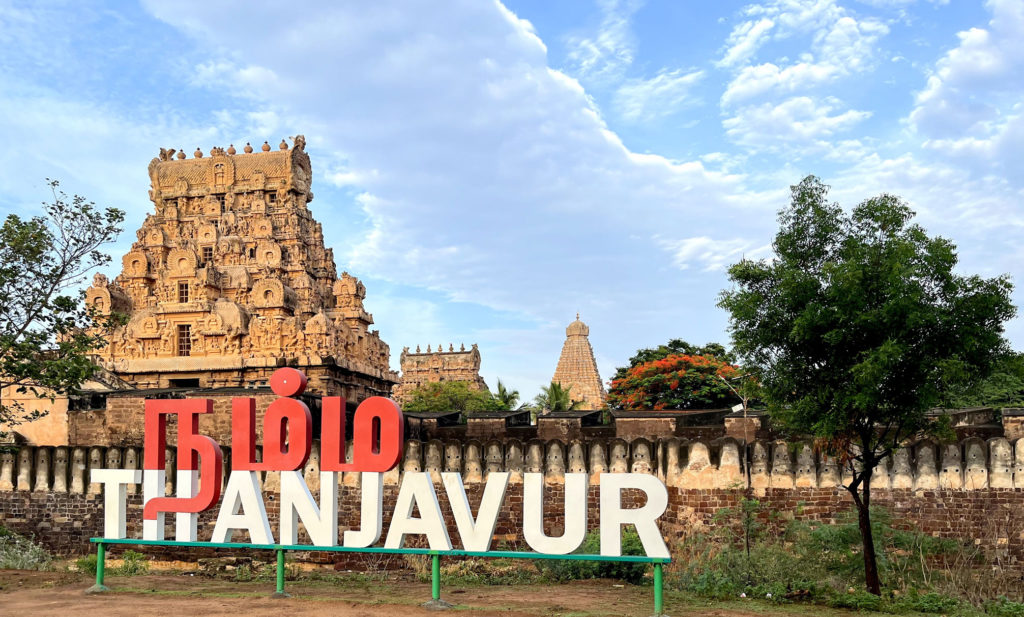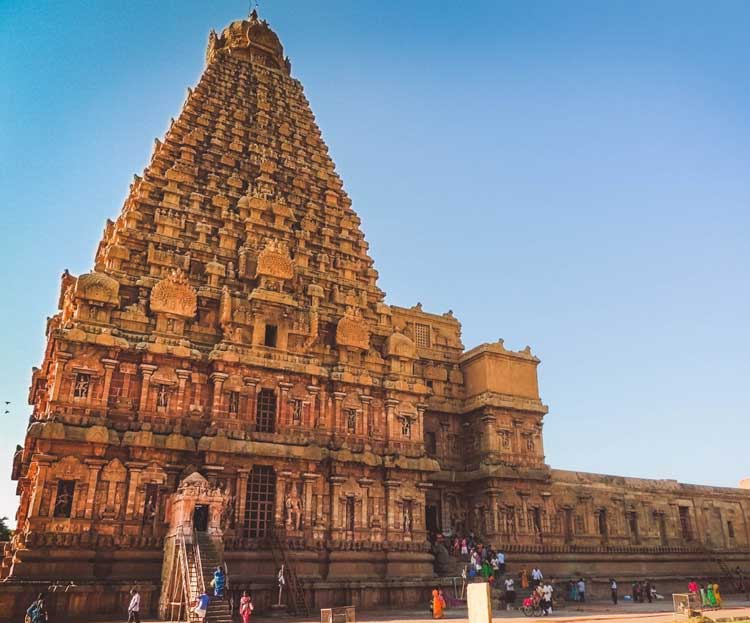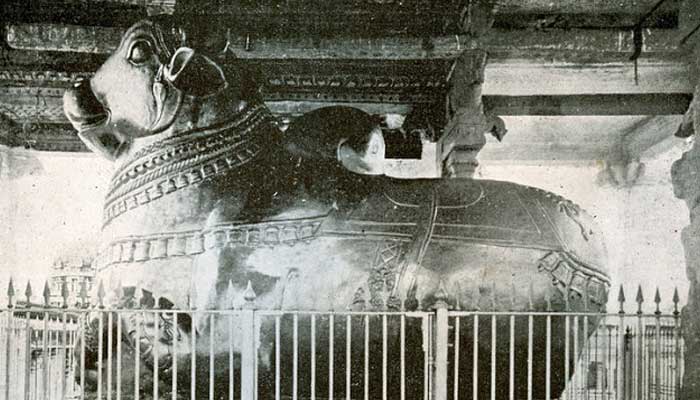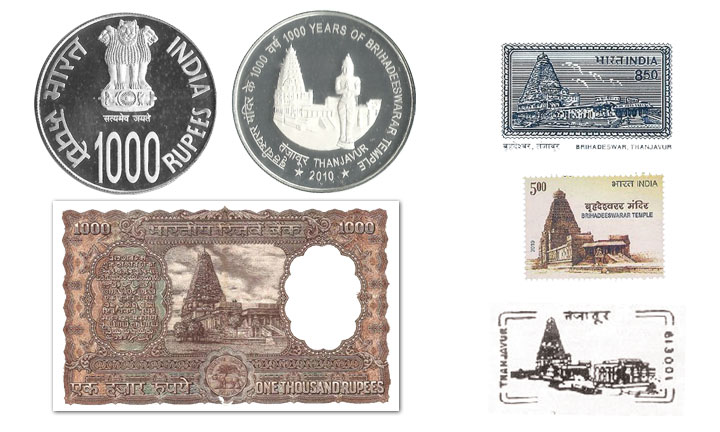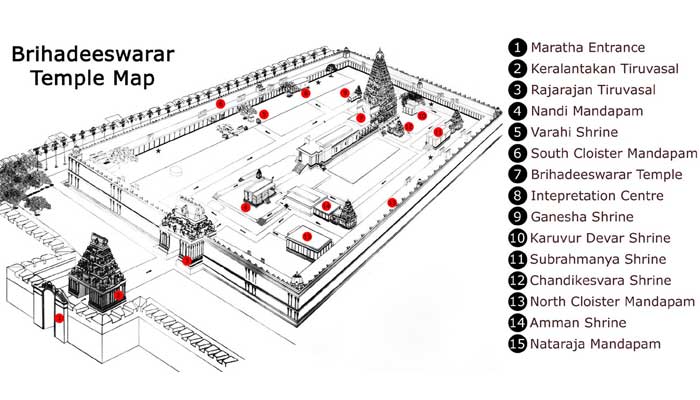It is said that after seeing Pallava Rajasimha Temples in Kanchipuram, Emperor Rajaraja Cholan had the dream of establishing such a huge temple for Lord Shiva. Brihadeeswarar Temple is first among all buildings, which make use of granite fully and it finished within five years from 1004 AD to 1009 AD.
The greatest of Chola emperors Rajaraja-I (985 A.D – 1012 A.D) the son of Sundara Chola (Parantaka-II) and Vanavan mahadevi built this magnificent temple named Brihadeeswarar at Thanjavur – the capital of Chola dynasty.
From the Epigraphical evidence it is known about Rajaraja-I started building this temple on his 19th year and completed on 275th day of his 25th year. It took just 6 years to complete this work on 1010 A.D.
